Acne and deep insights | Causes of Acne | How does acne scar develop | Best Treatments for acne scarring | Best Laser treatment for Acne Scars | Sides Effects of laser treatment for acne | Tips to improve appearance of your skin | Take-home message
Are you suffering from acne pits and looking for best treatment options for old acne scars? Acne scar is the biggest problem for most of us at a younger age. You’re not the only one who suffers acne scars on the skin and have tried all the treatments to get relief of it.
Once your acne is gone, it leaves scars on your skin. We know acne can be distressing, and we lose confidence when our skin is not clear & neat.
In this article, you get better knowledge about acne scarring, the types of acne scarring and the best treatment options for old acne scars.
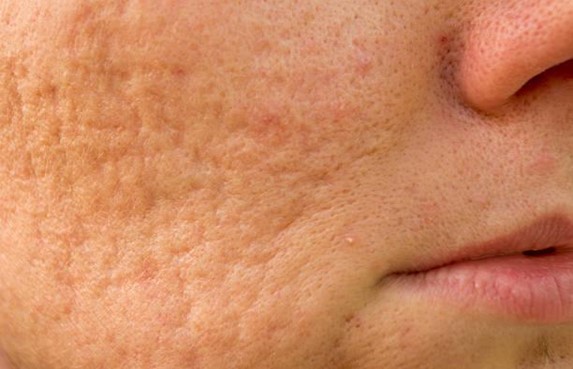
Acne and deep insights:
Acne is a common skin condition that affects many people, regardless of age or gender. While it has been a prevalent issue for a long time, it is important to acknowledge that the understanding and treatment of acne have significantly evolved in recent years.
Nowadays, there is a more comprehensive approach to managing and treating acne, and people can access a wider range of effective solutions.
One significant development in acne treatment is the increased emphasis on personalized care.
Dermatologists and skincare professionals recognize that acne can have various underlying causes and triggers, such as hormonal imbalances, genetics, diet, stress, and skincare habits.
Causes of Acne
Acne may be caused due to different reasons. Some people have oily skin. When oil is stored under their skin layers, it may form Acne. Acne is primarily caused by a combination of factors, including:
Excess oil production:
The sebaceous glands in the skin produce an oily substance called sebum, which helps lubricate and protect the skin. However, in some individuals, these glands may produce excessive sebum, leading to oily skin. Excess oil can clog the hair follicles, resulting in the formation of Acne.
Clogged pores:
When the hair follicles or pores on the skin become clogged with dead skin cells, dirt, and bacteria, it can create an ideal environment for Acne to develop. This obstruction of the pores prevents the natural flow of sebum and leads to the formation of comedones (clogged pores), such as blackheads and whiteheads.
Bacterial activity:
The skin is inhabited by bacteria called Propionibacterium acnes (P. acnes). These bacteria thrive in the clogged hair follicles and produce substances that contribute to inflammation, leading to the formation of inflammatory acne lesions like papules, pustules, and cysts.
Hormonal changes:
Hormonal fluctuations, particularly during puberty, menstrual cycles, pregnancy, and menopause, can trigger acne breakouts. Hormones like androgens can stimulate the sebaceous glands to produce more sebum, contributing to acne formation.
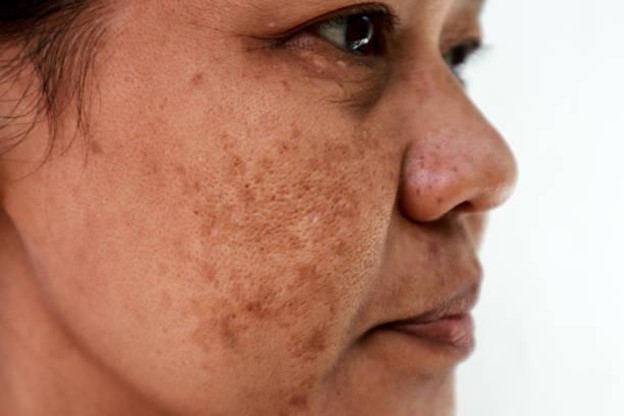
Inflammation:
When the hair follicles become clogged and bacteria multiply, the body’s immune system releases inflammatory substances. This immune response causes redness, swelling, and the formation of inflamed acne lesions.
Genetic factors
Acne can sometimes run in families, suggesting a genetic predisposition. If your parents or close relatives have a history of Acne, you may also have a higher likelihood of developing it.
Environmental factors:
Environmental factors, such as pollution and high humidity, can worsen acne. Contact with oily or greasy substances, like certain cosmetics or oil-based skincare products, can also contribute to acne breakouts.
It’s important to note that the causes and severity of acne can vary from person to person. Understanding the underlying causes helps guide effective treatment strategies and emphasizes the importance of personalized care.
Acne scars:
Acne scars form due to the skin’s natural healing process after experiencing severe or prolonged acne breakouts. When acne lesions penetrate the deeper layers of the skin, the body initiates a healing response by producing collagen fibers.
Acne scars develop as a result of inflammation in acne blemishes. When a pore becomes inflamed, the pore swells, and the wall of the pore breaks down. In some cases, small blemishes heal quickly, resulting in shallow scars. However, if the contents of the blemish spill into the surrounding tissue, deeper scars can form. The skin’s natural response is to repair the scar by producing new collagen fibers.

Types of Acne scars:
There are two main types of acne scars
- Atrophic scars
- Hypertrophic scars.
Atrophic scars occur when tissue is lost, creating an indentation or depression on the skin’s surface. On the other hand, hypertrophic scars are raised and occur when the skin produces excess collagen during the healing process.
It is important to note that not everyone with acne will develop scars; even if scars do occur, they are not necessarily permanent. Approximately one in five individuals with acne will experience scarring, but treatments are available.
Some treatments aim to minimize or remove the scars, while others help the skin heal by promoting collagen production. It’s important to seek appropriate treatment for acne and consult with a dermatologist or skincare professional who can recommend the most suitable options for scar management.
Acne scars can manifest in different forms:
- Ice pick scars: These scars are characterized by narrow, deep depressions that resemble tiny puncture marks. They are commonly associated with severe acne and appear like an ice pick pierces the skin.
- Boxcar scars: Boxcar scars have well-defined edges and present as round or oval depressions with a wider base. They occur due to collagen loss and are typically shallow to moderate depth.
- Rolling scars: Rolling scars give the skin an undulating or wavy appearance. They arise from bands of scar tissue that develop beneath the skin, causing the surface to have an uneven texture.
- Hypertrophic scars: Hypertrophic scars are raised, thickened scars that form due to excessive collagen production during healing. They are more commonly found on the chest, shoulders, and back.
Best Treatment for acne scarring:
Here are some suggested best treatment options for old acne scars recommended by the best dermatologists.
- Chemical peels
- Microdermabrasion
- Laser resurfacing
- Micro needling
- Dermal fillers
- Punch excision or grafting
- Subcision
- Dermabrasion
It is important to consult a dermatologist or skincare professional to determine the most suitable treatment approach based on acne scars’ specific type and severity.

Best Laser treatment for Acne Scars:
Regarding laser treatments for acne scars, several options are available based on the specific needs and characteristics of the scars. Here are some commonly used lasers for treating acne scars:
- Fractional CO2 laser: This laser targets the skin’s deep layers, promoting collagen production and resurfacing the skin. It can effectively treat atrophic scars and improve overall skin texture.
- Erbium YAG laser is particularly beneficial for treating superficial to moderately deep acne scars. It works by removing the outer layers of the skin, stimulating collagen production, and promoting smoother skin.
- Pulsed dye laser targets the redness and pigmentation associated with acne scars. It is especially useful for treating hypertrophic scars and post-inflammatory erythema.
- Nd YAG laser: This laser is effective in treating darker skin tones as it has a lower risk of causing pigmentation changes. It can improve acne scars by stimulating collagen remodelling.
- Fraxel laser: This laser uses fractional technology to target specific areas of the skin, stimulating collagen production and improving both shallow and deep acne scars. It is known for its versatility and minimal downtime.
It is important to consult with a dermatologist or skincare professional to determine the most suitable laser treatment for your specific acne scars. Factors such as scar type, skin type, and treatment goals will influence the choice of laser. The dermatologist will assess your condition and recommend the best laser treatment option to achieve optimal results while considering any potential risks or limitations.

Sides Effects of laser treatment for acne:
Laser treatment for acne scars is generally considered safe and effective, but like any medical procedure, it carries the possibility of certain side effects.
- Redness and swelling (temporary)
- Sensitivity and discomfort during treatment
- Hyperpigmentation (temporary darkening of the skin) or hypopigmentation (temporary lightening of the skin)
- Risk of scarring (minimal but possible)
- Infection (rare but possible)
- Temporary changes in skin texture (roughness, dryness, flakiness)
- Eye injury if proper eye protection is not used
Tips to improve appearance of your skin
To find best treatment options for old acne scars is crucial. Preventing acne scars is best achieved through effective acne management from the outset. Here are some measures that can help minimize the risk of scarring:
Timely and appropriate treatment:
Seeking professional assistance for acne management at an early stage is crucial. Dermatologists can guide suitable medications, topical treatments, or procedures to control acne and prevent scarring.
Avoid picking or popping pimples:
Resist the urge to squeeze or pick at acne lesions, as this can worsen inflammation, damage the surrounding skin, and increase the likelihood of scarring.
Sun protection:
Protecting the skin from excessive sun exposure is important, as ultraviolet (UV) radiation can darken acne scars and impede healing. Using sunscreen with a high sun protection factor (SPF) and wearing protective clothing is advisable.
Gentle skincare routine:
Adopting a gentle skincare routine incorporating non-comedogenic products and avoiding harsh cleansers or abrasive scrubs is essential. These measures can prevent skin irritation and further aggravation of acne.

Best Skin clinic in Multan:
The Face Clinic offers you the best laser treatment for acne scars. Let’s know about Fractional CO2 laser treatment for acne scars.
Fractional CO2 laser treatment is a popular and effective option for addressing acne scars. This laser works by delivering short pulses of high-energy light to the skin in a fractional pattern, targeting specific areas while leaving the surrounding skin intact.
Here’s what you need to know about fractional CO2 laser treatment for acne scars:
- How it works: The fractional CO2 laser creates controlled micro-injuries in the skin’s deeper layers. This stimulates the production of new collagen, which helps to remodel the scar tissue and improve the overall texture and appearance of the skin.
- Suitable for various acne scars: Fractional CO2 laser treatment is effective for treating different types of acne scars, including atrophic scars (depressed scars), such as ice-pick scars, boxcar scars, and rolling scars. It can also help with uneven skin texture and pigmentation issues caused by acne scars.
- Customized treatment: The intensity and depth of the laser treatment can be adjusted based on the severity and type of acne scars, as well as individual skin characteristics. This allows for a personalized approach that targets specific areas of concern.
- Downtime and recovery: Fractional CO2 laser treatment typically requires some downtime. After the procedure, you can expect redness, swelling, and mild discomfort, similar to a sunburn. The recovery period usually lasts around one to two weeks, during which time the skin will gradually heal and new collagen will form.
- Multiple sessions may be needed: The number of laser sessions required depends on the severity of the acne scars and desired results. Typically, several sessions spaced several weeks apart are recommended to achieve optimal outcomes. Your dermatologist will assess your skin and provide a treatment plan tailored to your specific needs.
- Post-treatment care: It’s essential to follow post-treatment care instructions provided by your dermatologist. This may include applying topical ointments, avoiding sun exposure, and using gentle skincare products. Protecting your skin from the sun is particularly important as it helps prevent pigmentation changes during the healing process.
Take-home message
Acne scars can have a significant impact on one’s self-esteem and confidence. However, with advancements in medical technology, there are various treatment options available to address acne scars and improve the appearance of the skin. It is important to note that prevention is key, and early and effective acne management can help minimize the risk of developing scars.
When it comes to treating acne scars, laser treatments, such as fractional CO2 laser, have emerged as a popular and effective choice. These treatments work by stimulating collagen production, remodeling scar tissue, and improving overall skin texture. Other treatment modalities, including chemical peels, microneedling, and dermal fillers, may also be recommended based on the specific type and severity of the scars.
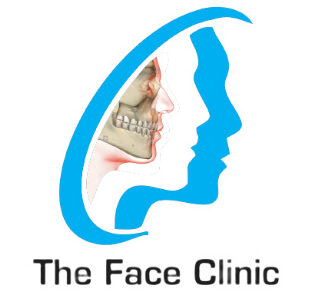
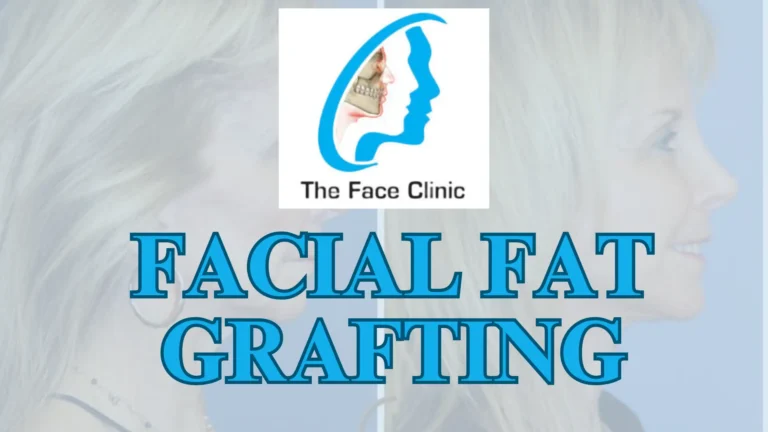
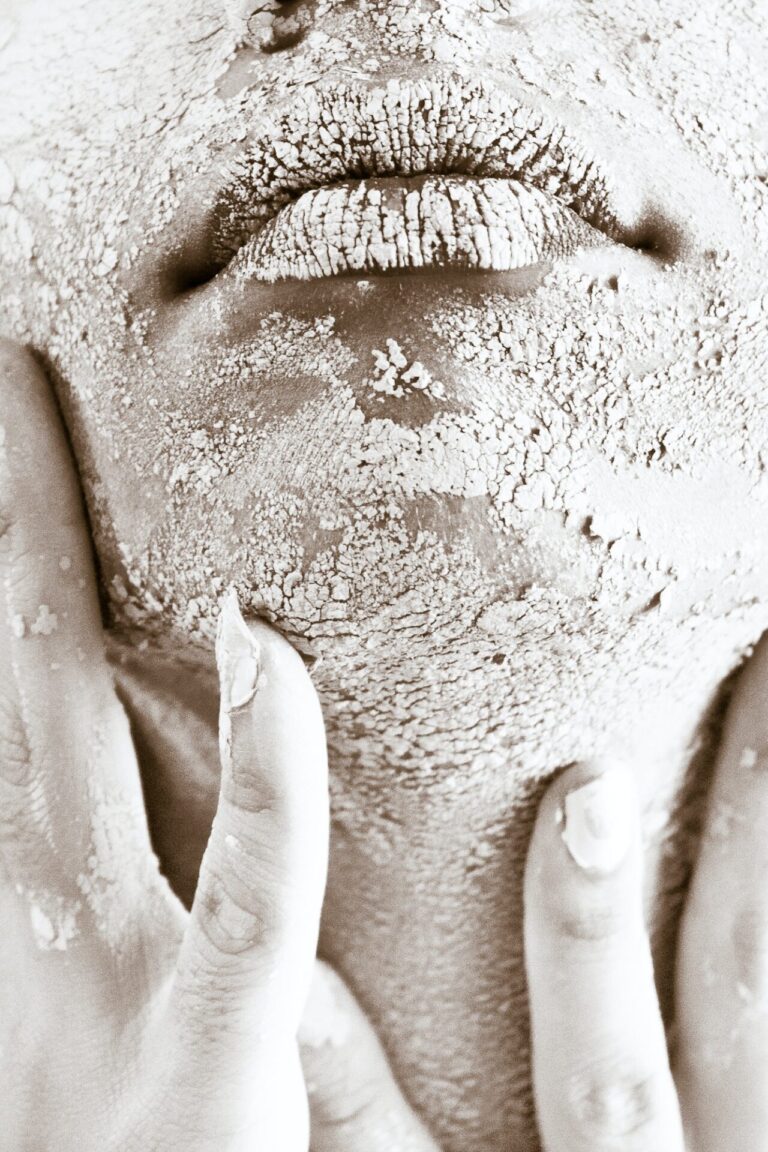

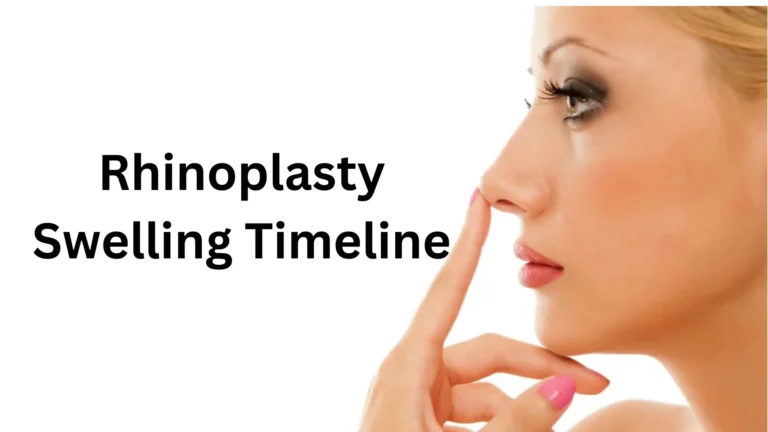
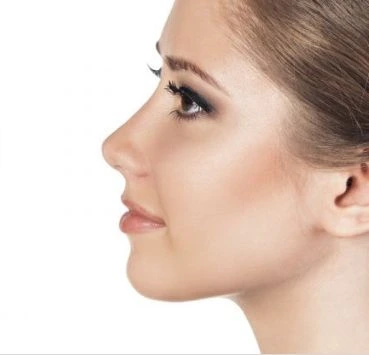
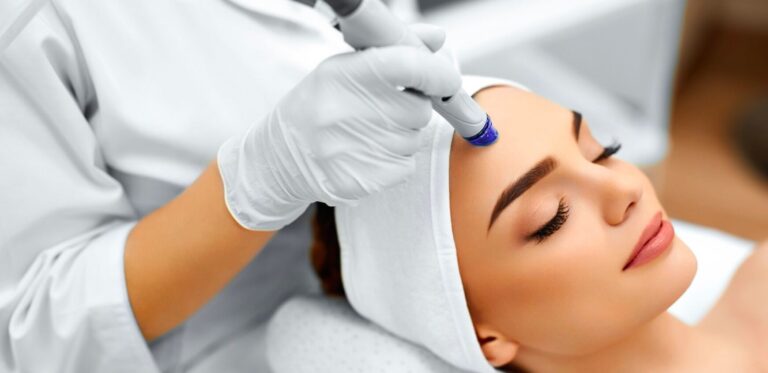
2 Comments
Comments are closed.